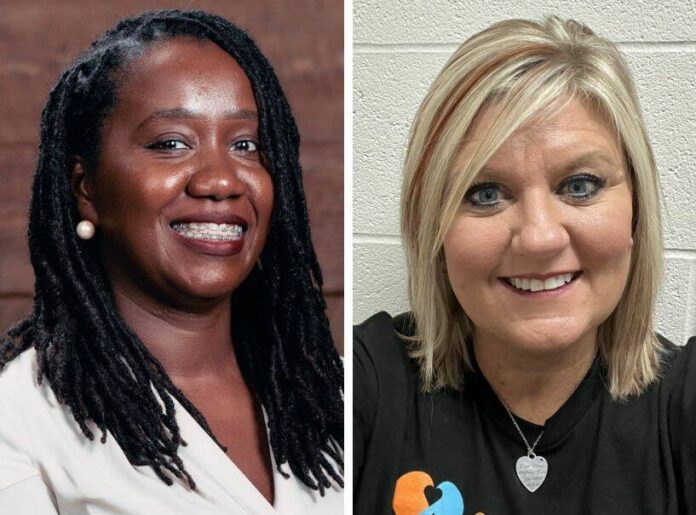In the wake of the midterm elections, public safety continues to dominate news coverage and political debates. But while some voices have had outsized influence over safety policies, crime victims’ voices should be front and center.
As survivors, what we want most is for what happened to us to never happen to anybody else. We aim to put an end to cycles of trauma, so that underserved and vulnerable communities are strengthened. The only way to make this happen is to call for changes to how we approach safety and meet the needs of crime victims.
The current system simply doesn’t work as well as it can. There are proven solutions that have tackled root causes of crime and helped people get their lives on track once they’ve paid their debt to society.
That is why in September, Crime Survivors for Safety and Justice, a network of over 5,000 survivors in Ohio alone, launched a chapter in Lima to express support for these proven policies that promote rehabilitation and aim to stop cycles of crime.
These policies include further investments in trauma recovery services. There are currently eight trauma recovery centers in Ohio serving communities most impacted by violence. These groundbreaking models of care provide comprehensive services like mental health support, legal assistance and navigating other victims’ services for those who are recovering from violence. Those types of services have been shown to strengthen communities, improve safety and reduce harm.
That is also why we, as survivors, continue to express support for common-sense public safety bills such as SB 288 and HB 699, sponsored by Sen. Nathan Manning and Reps. Bill Seitz and Tavia Galonski, respectively.
SB 288 and HB 699 include provisions that ensure people take responsibility for their actions and are also provided tools and a pathway to succeed once they have served their time. These include improvements to earned credit programs so incarcerated people can engage in proven rehabilitation programs that make it more likely for them to attain jobs and education and less likely to return to prison in the future. It also removes roadblocks for those convicted of less serious offenses to participate in rehabilitative programs via transitional control that prepare them for successful reentry.
Proven research and evidence continue to show that these policies lead to fewer people returning to prison, making it less likely that someone will cause harm again and, thereby, making our communities safer.
Giving people access to skills that will build their self-confidence and make them feel like they are a part of society will make Lima and other communities a safer place for all of us. Often, communities that are most harmed and least helped are heavily impacted by the criminal justice system.
Unlike others, we aren’t motivated by politics or campaigns; we’re motivated by a desire for healing and safer communities. We need systems that are trusted, that work and that value all the needs of victims — safety most of all.
Survivors have made it clear: We have the tools to actually make Ohio safer for all. Let’s work together to get it done. We value healing and rehabilitation as pathways to safer communities, which is why we urge our state elected leaders to stand with us in supporting SB 288 and HB 699.
Dyesha Darby is the Ohio state manager for Crime Survivors for Safety and Justice. Both Heather Vermillion and Dyesha are members of the Lima chapter of CSSJ. Their column does not necessarily reflect the opinion of The Lima News editorial board or AIM Media, owner of The Lima News.







